It’s typically beyond what people think is believable to say that someone with a medical diagnosis could experience improvement simply by sitting with someone who is focusing on their energy. Yet, medical qigong has been used for over 2000 years to increase, redirect, and improve the body’s capacity to resist illness and thrive.
Medical qigong is a Traditional Chinese Medical practice focusing on restoring the body’s energy to address pain or illness. Practitioners diagnose issues through interview and examination and then use intention, postures, and sometimes light touch to treat the body holistically.
What’s exciting and new is that it is not just for sick people! Yes, it has been shown to be successful in addressing injury and disease. Yes, it has been paired with Western medicine to improve outcomes. But it has also introduced many to the innate energy in their body and enabled them to maintain health that requires no medical intervention.
Whether you are under the weather and seeking help, wanting to experience your internal energy, or want to build your knowledge and energy to a high enough level to become a practitioner and help others, the path is largely the same. Some people have personal interests. Some people have things they want to improve. And many current practitioners healed from devastating health events and felt called to share with others.
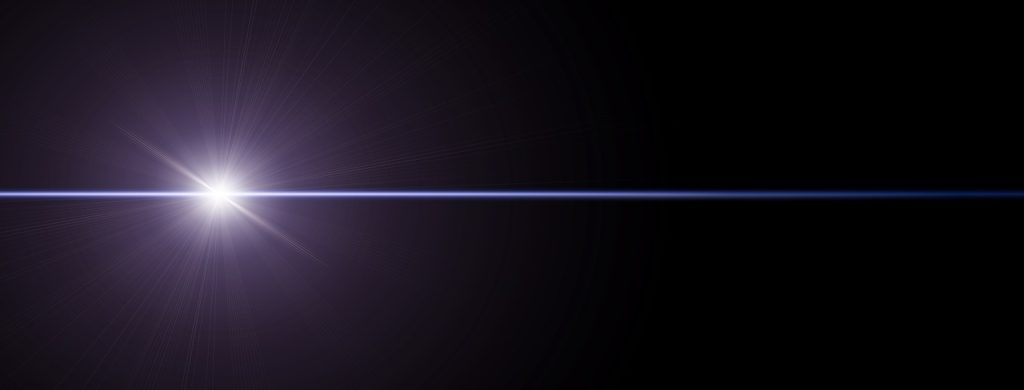
I like to think of our relationship with medical qigong as a spectrum. On one end we can be sick and would benefit from the services of others. In the middle, we can be introduced to the energy in our body and build it. Then we arrive at a level where we have learned enough and have enough experience to be robust and healthy. And finally, our knowledge can reach a high level and we can have enough energy to share with others.
So wherever you are, there are four reasons to learn more about and experience medical qigong:
- We can be healed
- We can improve our health so that we do not need medical intervention
- We can get to a level where we can diagnose ourselves and make changes before a problem happens
- We can have excess energy and vitality so that we can help others and become a practitioner
Understanding What Medical Qigong Is – A Layman’s Explanation
Since medical qigong focuses on the energy system in the body, I find that a comparison to an electrical system makes it the easiest to understand. This really isn’t too far off from how medical qigong works because it innervates the bio-electrical system of the body to produce it’s benefits.
The health of an electrical grid is dependent on the free flow of electricity to the areas of greatest need. There are areas like the downtown that require more energy than the suburbs. There are times of day when energy needs sore and times of quiet. There are unique events like concerts or sports events that not only cause a spike in energy expended but also blockages of traffic and cell signals being jammed because the load on the grid outweighs the capacity and everything comes to a halt. Typically things run without anyone even considering the electrical grid and probably take it for granted. When systems get overwhelmed, specialists come in to reset things and after a period of time things ramp back up to normal.
Now juxtapose this metaphor against qigong. Medical qigong is an energy art that focuses on supporting the energy system of the body by increasing, reducing, restoring, and balancing correct levels. Typically, especially when we are young and/or healthy, we don’t have a clue how our energy is being distributed and used. Like the city, we need more energy during the day. We need to be able to respond to surprise events, and if our system gets overwhelmed to the point that it can’t recover on its own, we might need the intervention of a professional temporarily to get things flowing again.

The Three Treasures of Qi Gong
The electrical metaphor obviously wasn’t available 2000 years ago when qigong was developed but don’t you think it’s amazing that this “energy” art predated science that discovered bio-electrical current by thousands of years? Medical qigong theory is designed around a conceptual model of how energy exists in the body called the Three Treasures.
The Three Treasures explains how the energy that is in the body can be boiled down to its essence (Jing) and is influenced by our health decisions and environmental factors. These building blocks and behaviors combine to create and use energy (Qi), all of which is governed by our spirt (Shen). Medical qigong is diagnosing whether the materials and behaviors (Jing) are good enough to produce robust energy. It is also looking at the amount and type of energy (Qi). And lastly, assuming that the first two treasures are present, it looks at whether they are being governed and used effectively (Shen).
Hopefully you can see that we can be deficient in any or all of these areas and experience fatigue or sickness. A good diagnosis and prescription allows everything to flow smoothly again. You can read more extensively about the three treasures here.
Types of Medical Qigong Therapy
There are two primary modalities of qigong; internal and external. Internal medical qigong refers to a person’s ability to learn and undertake practices to heal themselves. Following an evaluation, treatment plans include qigong movements, breathing patterns, and other activities that are carried out by the patient. External medical qigong involves a practitioner manipulating the energy fields during a treatment session to aid in healing the individual. And yes, treatment often involves both as long as the individual is strong enough.
This is something that I really love about medical qigong: as a patient, there is an expectation that you will be learning and vested in the healing process. The goal is to not be sick and have the tools to keep ourselves out of the doctor’s office, not be a repeat visitor. Receiving a medical qigong treatment (external) feels amazing and the prescription that we receive (internal) ensures that the good feelings continue until a client is back up and running.
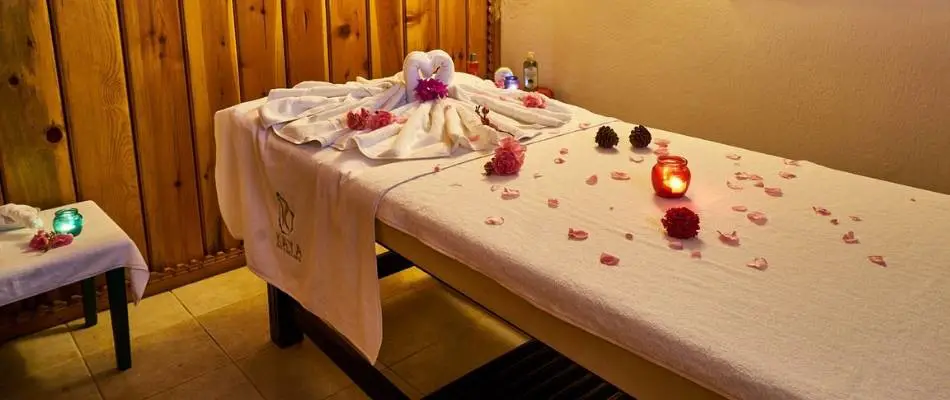
What is a Medical Qigong Treatment Session Like?
A medical qigong treatment session is quite unique. Usually a client lays down but practitioners can have you sit up or stand if needed. The more traditional the clinic the greater chance that you will be in a room with more than one session going on at the same time. This trips out Westerners at times who are used to having massage or health sessions be individualized. However, there is something so relaxing about being in a group of people who are getting help. It makes you feel like medical problems are normal, should not be hidden, and that there are other people finding success with the modality you are trying.
A practitioner typically stands near by and quietly moves their hands about a foot away from you body. Typically they are concentrating, appear to be meditating, and don’t talk much. At first, you may wonder when it is going to start but then get surprised by current running through your body, changes in temperature, tingling, or vibrations. That all can vary but sessions are always relaxing. Afterwards you may feel energetic, happy, and elated or like you want to go home to take a nap. If you have been under pressure, stress, or compartmentalizing something you don’t want to deal with at the moment, you might be overtaken by your emotions in a real cathartic way.
Many people with serious diagnoses undergo medical qigong in conjunction with conventional medicine. Medical qigong can enable a Western protocol to be more successful and recovery to be better. Qigong also pairs beautifully with acupuncture and herbs if you are seeking more aggressive changes to your health. In any case that you are seeking to combine treatments, make sure all practitioners are aware of what you are doing. For example, depression treated with medication may warrant a prescription of qigong exercises but not the use of herbs.
What Can Medical Qigong Be Used to Treat?
Considering whether medical qigong can be used to treat different maladies is a Western-centric question. The truth is that in China it is used to treat everything. Often it is used in conjunction with other treatments and sometimes it is used alone. Really, it’s no different than having a back injury and being prescribed rest, PT, and medications. But alas, this Western-centric view of ours also wants research in English to make us more confident. Luckily it is coming out in droves.
I am a born skeptic and researcher by profession so it has been important for me to do some digging if I am asked if medical qigong has been used or can be used to treat a problem. I can say that for everything I have looked up, the answer has always been yes. No one should just take someone’s word for it because seeing the research makes us more confident that treatment is a good choice. Here is a list of ailments and injuries that are being treated with medical qigong and put under scientific scrutiny. I included links out to research. Some of the studies included additional modalities such as acupuncture, herbs, and western medicine.
Conditions Treated with Medical Qigong
- High blood pressure – 2003
- High cholesterol – 2009
- Hypertension – 2021
- Cardiovascular disease – 2012
- Intestinal distress such as constipation and irritable bowel syndrome – 2009
- Cancer – 2011
- Diabetes – 2012
- Muscle injuries – 2015
- Broken bones – 2015 Bone setters in Mongolia
- Depression – 2013
- Chronic pain – 2015
- Multiple sclerosis – 2010
- Parkinson’s – 2020
- Stroke – 2017
- Autism – 2005
- ADHD – 2021
- Cerebral palsy – 2012
- Bipolar disorder – 2021
How Do You Get Medical Qigong Training?
If you want to learn medical qigong I don’t thing there has a better time. It is gaining popularity and acceptance by people waking up to their own internal energy and people who are looking to alternatives to harsh Western medical approaches. Medical qigong has always attracted people who feel that Western medicine can’t help them. With the rampant increase in almost all conditions this group is only increasing.
Medical qigong training is also becoming more accessible. You can learn medical qigong online in combination with in-person sessions or in at a traditional school. Most practitioners that I know have done a little of both. Many improved their own health through training online and then joined a school to complete certification. If you are lucky enough to live near a school the experience can be life changing. Being in an eastern learning environments leads to the fastest progress and you will make some friends for life.
An accredited program is necessary to get certified but different programs range in the number of hours needed before practicing. Many have levels of 1-200 hours of study and practice to get you to the point where you can successfully run sessions. But then you can continue studying and deepen your abilities.
There is something sensible about this model considering that most students are adult learners who are earning their degree while running a household or holding down another job. An example of this are the Jerry Alan Johnson medical qigong seminars. You can begin to take introduction classes and then focus on aspects that interest you most or relate to your health needs. If you continue down this path, all of the classes eventually apply to a Doctor of Chinese Energetic Medicine Certificate (D.C.E.M.).
To get medical qigong training that is right for you, interview several schools to make sure that you will be able to follow through with the curriculum and get what you need out of the program. It is really important to have a plan in the beginning because the medical qigong practitioner salary is on-par with massage therapy. If you are looking to start a practice, you usually need to join a bigger group or build up your clientele on your own. I think this knowledge is the one of the best investments you can make for your own life and health but it won’t pay back the initial expense for a short while.
If you are considering teaching qigong, check out: Qigong Teacher Training – Steps and Resources to Become a Qigong Instructor
Learning to Perform Medical Qi Gong for Yourself
Yes, you can be self-taught to use qi gong to improve your own health. As an example this set focusing on the spine and back contains foundational movements to improve many painful conditions.
Qigong for Health: Spine and Back w Master Yang, Jwing-Ming
Heal your back pain naturally, learn Qigong to protect the spine for life, understand how and why Qigong works, and incorporate spine awareness into all your daily activity.
General sets like this can help anyone. Specific sets also exist for more specific ailments but that usually takes the advice of a medical practitioner.
Medical Qigong Books and Videos to Dive Deeper
You can find medical qigong books and DVDs online but they are a bit hard to sort through because most of them are textbooks intended for people studying to be practitioners. Sometimes those are the best books because they provide the full picture. Here are a couple books that are great for those of us who want to learn and apply the principles outside of the school setting. Dragon and Tiger Medical Qigong is a good starting point but there are also books specific to issues that you might be dealing with.
| Book | Title | Price | Reviews |
|---|---|---|---|
 | Healer Within: Medical Qigong by Dr. Roger Jahnke (YMAA qi gong) Qigong DVD (all regions) 2025 Exercise, Meditation, Breathing and Massage - Beginner-friendly | Read Reviews | |
 | Qigong for Treating Common Ailments: The Essential Guide to Self Healing (Practical TCM) | Read Reviews | |
 | Dragon and Tiger Medical Qigong Volume 1: Develop Health and Energy in 7 Simple Movements | Read Reviews |
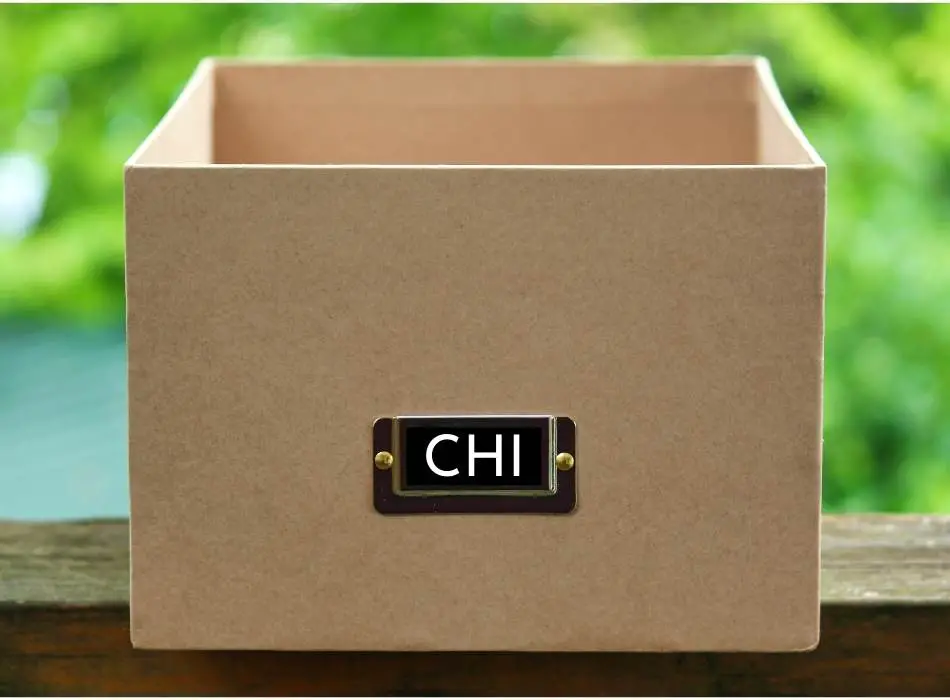
Experiencing the Energy Produced from Medical Qigong – An Out of the Box Experiment
I know that I promised in this essay to keep things grounded. To stay away from the esoteric and share tangible information that can applied to our life. For that very reason I have stayed away from too much talk on about chi energy, and life force.
Here’s the problem:
Every day I wake up, meditate, and do qigong in an attempt to develop energy, build it, and manipulate it. At least weekly I practice the tai chi form and work to use internal strength instead of overt muscular strength. I have been working for some time to understand what energy is and how to increase it. Now I am seeing that you can build enough to share with others.
Sooo…. I benefit physically and mentally from an understanding of chi. Others in my life do as well. How do I get that across without heading back in the direction of meditation and the esoteric?
Let’s start with a metaphor and discuss the physical. We will then meander through concepts of space, the mind, and then come back to what I think we are doing with chi as it relates to tai chi, meditation, and medical qigong.
Out of the Box Experiment
I want you to think of a box. In a minute we are going to construct a diorama of the immediate world around you. But first, we need to find out how much “space” there is to work with. Let’s say that the box is 3x3x3 or 3 cubic feet. We also have the magical ability to fill this box with an exact amount of liquid without spilling a drop.
So we fill the box. Then we take the liquid out of the box and set it aside. That liquid represents the total possible volume. You with me?
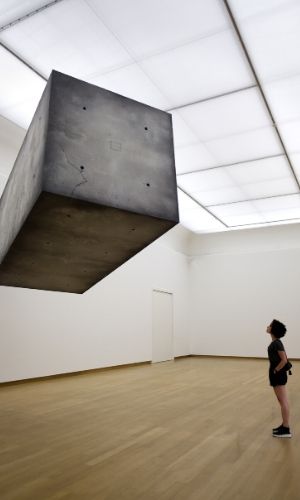
Now we go about constructing our little world down to the smallest detail. I am in front of my house so my box contains the driveway, the five big trees out front, the fence two cars, etc. Take your eyes off of what you’re reading for a second and look around at every THING you “think” makes up your immediate environment.
That’s the diorama that we just created.
Now, let’s poor the magical liquid back into the box. Allow it to seep into every nook and cranny. Will it all fit? Of course not. But how much went in? 90%? 95%? The amount that didn’t fit represents the total volume of everything that you meticulously constructed.
So now tell me: Is there more of SOMEthing around us or more of NOthing around us?
Over 90% of our world is NO-thing. It’s nothing.
How do you bring out chi energy? Chi exists in the 100% of everything. However, when we are doing the tai chi form, meditation, or a medical qigong practitioner is helping you, I believe it is the 90% of NOthing that we are are using, manipulating, and interacting with.
Most of us are waking up to the fact that we spend our day only interacting with and relying on less than 10% of our reality.
The internal arts and specifically medical qigong allow us a rare opportunity to fully integrate with the volume around us. Metaphors aside, pushing out into this empty, heavy fluid, is what it feels like to me when I am bringing out chi energy and building it.
Everybody pays attention to the things in space, but who pays attention to space itself?
eckhart tolle
In a talk about outer “space” Eckhart Tolle laughs describing astronomers who spend their entire career studying SPACE. Every discovery and huge press announcement is about some planet light-years away or a new spec of dust. They are transfixed by describing the 1% of things in outer SPACE but don’t spend time discussing SPACE itself unless they are describing the vast distance between two objects. He laughed because they correctly named it “space” but they rarely talk about it.

Medical Qigong – An In the Box Experiment
Ready for a detour? We have been undertaking a thought experiment. Now, let’s delve into the thing that is creating the thought experiment and discuss our mind.
This is important because it is the other half of the equation. If you meditate, do sitting qigong, or do the tai chi form for the calmness of mind, how is that happening and why are you doing it? It is the pairing of the mental with the physical.
We have our thoughts and emotions. Emotions are basically thoughts that are communicated to the body. These are what we experience throughout the day. However, just like with our diorama, they represent 10% or less of what is actually going on in the brain.
We have our conscious mind. “Conscious” comes from Latin – conscire – “being privy to.” This is all the thoughts and feelings that we perceive.
And we have our subconscious mind. These are the thoughts that are below what we are privy to. They represent that majority of what is going on in the brain.
These are all of our memories. It is our fight-or-flight mechanism that takes in 100% of what is going on in the real world. It is our emotional gut response that happens before we “think.” It weighs every experience in the present with every experience we have ever had! It houses all of our beliefs and more importantly, our limiting believes of what we are capable of.
So just like with tai chi interacting with the 90% of our world that we don’t perceive, meditation and any work that quiets the mind works to access the 90% of cognition that we don’t perceive.
You hear talk of quieting the mind. The real question is: which mind? The one that is causing all the problems is the conscious mind. The one with all the solutions is the subconscious mind.
So I believe that medical qigong is working to access and experience this big beautiful warm ocean of calm thought that lies just below the surface. Again, to me this is what it feels like. When I have a great meditation or qi gong session and successfully raise my level of chi energy (even for 2 seconds!), my ears ring into a heavy silence. I slip down below into a heavy warm SUBstance that completely envelopes me. I am not tired or hungry. I can access bigger thinking for work. I can access a better version of myself to present to my family. If I can’t get there on my own due to an illness, tough time, or injury, receiving medical qigong can help me get there.
Deepak Chopra has a great metaphor for us here. He describes the conscious and subconscious mind in terms of being in a boat and fishing. The conscious mind, average thinking, is above the waterline. We experience all the wind and every storm and change in temperature. Under water, it is calm and unaffected. We fish by throwing many lines and hooks into the water. In rare occasions and with practice, we get to experience what is beneath.

How Does a Medical Qigong Practitioner Bring Out Chi Energy?
A person can bring out chi energy through mind-body activities like tai chi or yoga, moving meditation such as qigong, concentration or breath work like in medical qigong, or sitting meditation. A focus on breathing and posture that is paired with connecting with everything that is around us is the foundation for building chi energy.
I am trying to keep this conversation as grounded as I can so that all of us can use whatever practice we do to find and build chi energy. At it’s foundation, we make progress when we interact with more of the world around us that we aren’t usually in the habit of perceiving.
I wouldn’t do something just because some guru or tradition just told me to do it. My bull crap-meter would go off and I would want an explanation. Yet, here I am suggesting that you continue your practice, no – do it more!
What I am saying is that millions of practitioners over thousands of years have improved their life, have unleashed their health, have taken a measure of control of their mind or at least learned how to live separate from it, because they:
- Became aware of this false dichotomy about what is around us and what is not
- Had a tradition/practice/prayer/form/religion that gave them tools to access it
- Received a treatment like medical qigong that introduced them to this energy without drugs, needles, or verbal counseling.
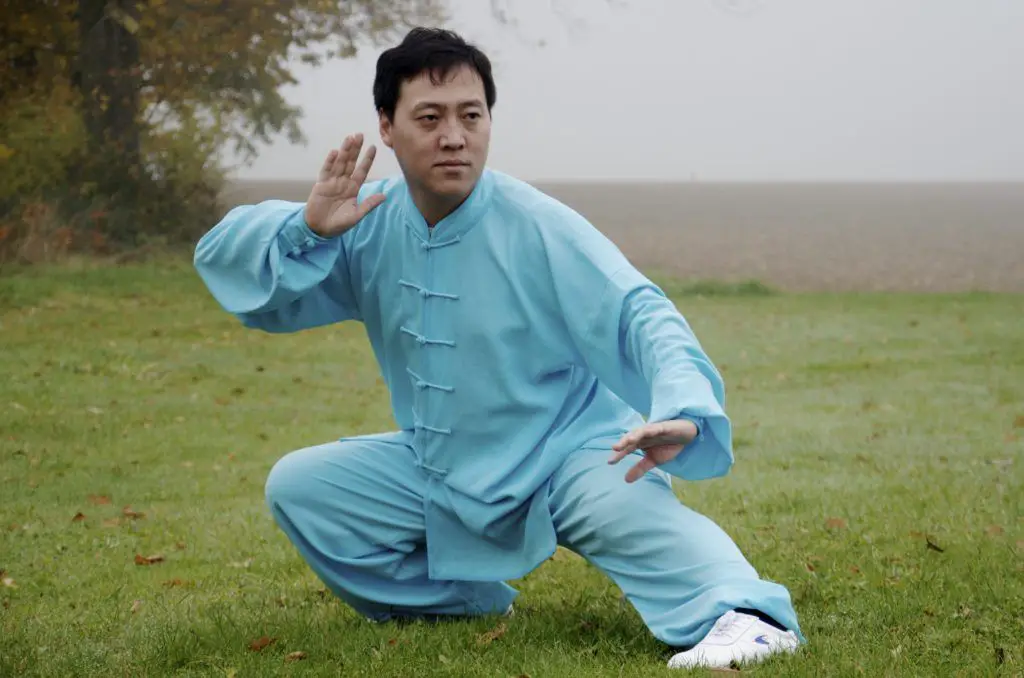
How to Judge Our Own or Other People’s Energy Level
I want to end this discussion by sharing insights gathered at a seminar with Master Chen Bin because this same awareness that medical qigong practitioners are using to heal can be used for self diagnosis. It is an early warning system for disease and illness if you are attuned to the signs. It shows not only how to build and improve our health but how to detect when our health or the health of others is low. Think of these as signposts to let you know when you are stressed, have low energy, or are on the verge of getting sick.
Three ways to evaluate the low energy -poor health of a person:
1) Length of Breath
The length of one’s breath determines a lot. During a full and deep breath, enough oxygen is taken in to reach all of the extremities. The intercostals rotate the ribs pulling your entire upper body into better posture. The diaphragm expands down to compress and massage the organs. This has positive effects on digestion. Shallow breathing is the breathing normally saved for protective postures and only guarantees that the central body is replete with oxygen, circulation, and warmth.
2) Tone of voice

A deep, resonant voice is connected with the breath but it also is an auditory warning system of sorts.
How is our voice when we are stressed? In general, I don’t think we freely admit that we are stressed until it is really bad: “I’m not stressed!! Da*^ it!!” By listening to our voice we get an indicator of our true state.
How do we sound when we are tired? The voice is literally powered by the lungs. Capacity and force create volume. When we are fatigued it is hard to sound like Chef from South Park.
Our voice also lets us know if we are internally hydrated. When we run out of water, our vocal folds sound parched and airy.
3) Greetings
Chen Bin went on to add that a person’s chi energy is most evident when they are meeting or greeting someone. When are we at our very best? When we are introduced to someone new. We perk up, paint on an ingratiating smile, make eye contact, articulate clearly and deeply, and offer a firm hand-shake or hug. So in this situation, with our very bestest bestest intentions, have you ever met someone who was raspy, struggled to raise their mouth from a frown, and gave the limpest and clammiest of handshakes? A greeting should be the best representation of our energy. If we are not able to rise to the occasion or if it is a struggle, it is a sign that our energy is on the way out or extremely low.
Judging YOUR OWN Chi Energy Level
I undertook a 6-month study of my health to find out how healthy I was and if it could be improved. While I was generally healthy, I was still susceptible to allergies, exhaustion at times, and even other people who were sick. What Chen Bin introduced at this seminar was mind-blowing to me. As I started to notice when my voice was not robust and resonant, when my interactions took energy from me rather than giving me energy, I realized that fatigue or illness were around the corner. Greetings and voice are now daily sign posts telling me to sleep in, drink more water, eat more or improve my nutrition, or nap. These minor re-calibrations mean that the major illnesses are kept at bay. I documented my journey here and shared how I used simple charts to monitor my own health so that you can too.
Judging SOMEONE ELSE’s Chi Energy Level
In essence, medical qigong practitioners are judging someone else’s energy to first match it and then elevate it. It goes without saying that this practice can be used to aid anyone around you. It allows you to be more attuned to the moods of others and therefore more compassionate than reactive when others are in a bad place. This has also helped me assess my family as a whole to decide what we should be doing on the weekends to refill everyone’s tank.
Related Reading
Boost Your Immune System Naturally with Tai Chi | Prevention



